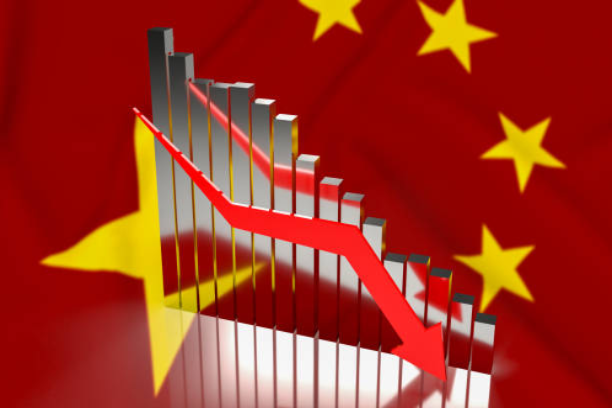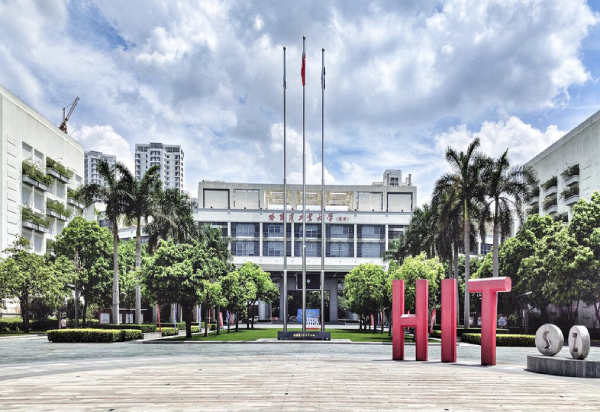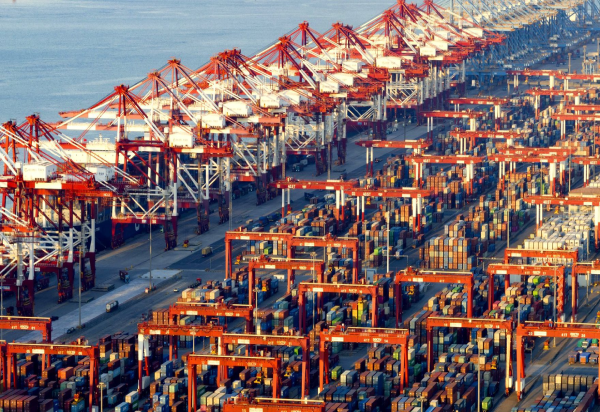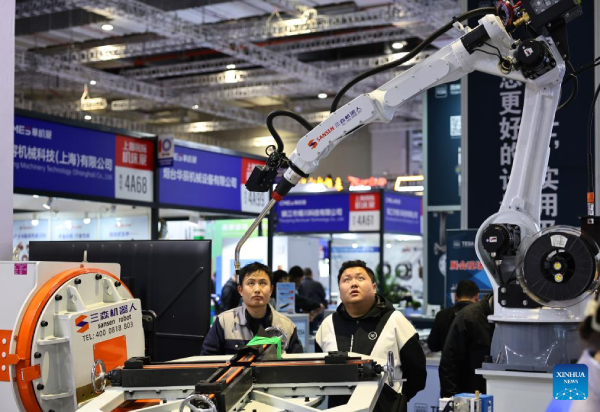Introduction
Since the late 20th century, China’s economy has undergone a dramatic transformation—from a traditional agrarian economy to a global industrial powerhouse. However, as China enters the post-industrial era, heavy industries and exports are no longer the primary engines of growth. Instead, the country is transitioning toward a new economic model driven by innovation, digitalization, and robust domestic consumption. This shift aims to ensure sustainable growth, reduce reliance on foreign markets, and avoid the “middle-income trap” faced by many developing nations.
I. Features of the Post-Industrial Phase in China
1. Decline of Traditional Industries
There has been a gradual decrease in the contribution of sectors like steel, textiles, and low-cost electronics to China’s GDP due to:
Rising labor costs.
Shift toward renewable energy and sustainable practices.
Saturation of traditional export markets.
2. Rise of Service and Digital Sectors
Services now account for over 50% of GDP, including finance, technology, tourism, education, and healthcare.
II. Innovation as a Primary Growth Engine
1. Investment in Research and Development (R&D)
China allocates over 2.5% of its GDP to R&D (over $400 billion annually).
It ranks second globally in the number of registered patents.
2. Advanced Technological Industries
China leads globally in areas such as:
Artificial intelligence (AI).
Cloud computing.
Telecommunications (5G and 6G).
Renewable energy (especially solar power and electric vehicles).
3. Role of Leading Companies
Companies like Huawei, Alibaba, Tencent, and BYD have become global players in technological innovation, helping transform China from the “world’s factory” to a global innovation hub.
III. Boosting Domestic Consumption
1. Rebalancing Export and Domestic Demand
Consumption now accounts for over 55% of GDP as of 2024.
Initiatives such as “Made in China for Chinese Consumers” aim to build confidence in domestic products.
2. Expanding the Middle Class
Over 400 million Chinese are part of the middle class, demanding higher-quality goods and services.
Investments in education, healthcare, and housing aim to improve living standards.
3. Digital Transformation of Domestic Commerce
E-commerce platforms like Taobao and JD.com are driving a digital consumption revolution.
Rural regions are being integrated into the digital economy to raise demand.
IV. Economic Reforms to Support the New Model
1. Innovation-Supportive Policies
Tax incentives for innovative enterprises.
Establishment of technology free zones such as Shenzhen and Hainan.
2. Green Economy Transition
Gradual phasing out of polluting industries.
Incentives for electric vehicles and clean energy infrastructure.
3. Fostering Entrepreneurship
Support for startups and SMEs (small and medium enterprises).
National campaigns like “Mass Entrepreneurship and Innovation” initiative.
V. Challenges Facing the New Growth Model
1. Aging Population
Low fertility rates and an aging society pose long-term growth risks.
Policies like the “three-child” policy have yet to reverse demographic trends.
2. Regional Development Disparities
Western China lags behind the eastern coastal regions.
Infrastructure and education investments aim to close the regional gap.
3. Trade and Geopolitical Tensions
Trade conflicts with the U.S. have challenged Chinese firms.
Need for secure supply chains and reduced dependence on foreign technologies.
VI. The Future of China’s Economy Under the New Model
1. A Knowledge and Data-Based Economy
Data is becoming a strategic asset in China.
The digital economy is expected to drive the bulk of growth in the coming decade.
2. Belt and Road Initiative (BRI) as a Growth Driver
BRI opens new markets for Chinese exports and investments.
Enhances China’s global economic and political influence.
3. Local Technological Self-Sufficiency
Replacing foreign technologies with domestic innovations.
Promoting “indigenous technological self-reliance” as a national priority.
Conclusion
China’s economy stands at a strategic crossroads, transitioning from an export-led industrial model to one based on innovation, domestic consumption, and digitalization. Despite demographic, environmental, and geopolitical challenges, this transformation reflects the maturity of China’s development model and its adaptability to changing global dynamics. The shift promises more sustainable and equitable growth in the years to come.








